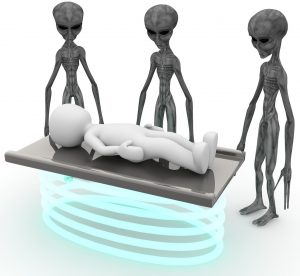
Happy New Year to all of you! 2020 is here and it seems that we are being overwhelmed by more and more irrationality, especially fake news and conspiracy theories.
In this post, I will give you some indication that this might actually not be the case (shock horror: good news alert!). We will be using Google Trends for that: If you want to know what Google Trends is, learn how to query it from within R and process the retrieved data, read on!
Continue reading “Psst, don’t tell anybody: The World is getting more rational!”









